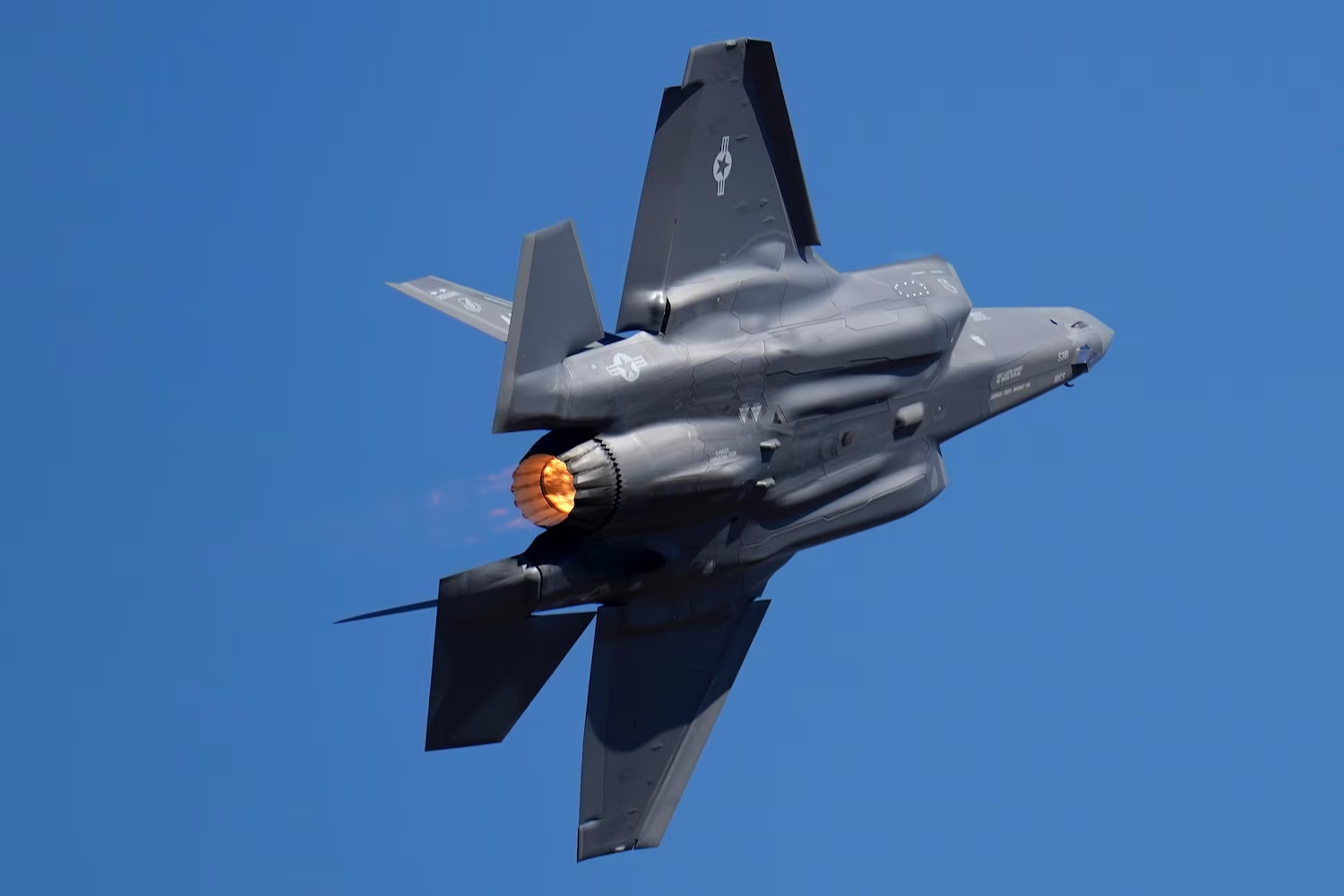The Story of Coca-Cola and its AI-powered Vending Machines
Coca-Cola uses artificial intelligence (AI) to understand customer behavior and brand effectiveness through its next-gen vending machines.
Coca-Cola is the world’s largest non-alcoholic beverage company, operating in more than 200 countries and territories. It is the only non-tech company ranked among the top 5 world’s most valuable brands in 2019, on par with technology giants Apple, Google, Amazon, and Microsoft. Coca-Cola spends an average of $4 billion a year on advertising. But on top of that, the company believes innovation will be the source of growth to sustain its billion dollar brand.
Coca-Cola’s quasi-founder, Robert Woodruff, had coined the motto that a Coke must always be within “an arm’s reach of desire” for consumers. In order to achieve this, especially in today’s fast-moving marketplace, the company is putting a lot of effort in product innovation, creating new distribution channels, and making data-driven decisions. One of the most innovative decisions made by the company is to connect its network of vending machines to the internet.
Coca-Cola’s analytics journey began in 2014 during a big data open innovation challenge organised by the Coca-Cola Founders Platform. Two entrepreneurs, Franki Chamaki and Jason Hosking, decided to input Coca-Cola’s supply chain data from 60 vending machines in Newcastle, Australia, into their self-learning AI algorithm.
The algorithm analysed the transaction pattern of each machine and came up with recommendations that could help increase each machine’s revenue. By stocking the right products at the right location, Coca-Cola saw a 15% increase in transactions and the need for restocking visits dropped by 18% for the 60 selected machines.
The successful trial led to the founding of the AI firm HIVERY, and the vending analytics platform wasdeployed in Coca-Cola’s vending machines across Australia, New Zealand, and the United States.
Placing the right products at the right locations
Reyes Coca-Cola Bottling, the bottler and distributor of Coca-Cola brands on the west coast of the United States, embedded telemetry tools in its highest performing vending machines. The tool allowed the company to collect data in real-time.
By integrating vending management software with an AI tool, a particular product’s performance can be analysed and predicted accurately. The AI tool identifies sales patterns based on specific location and specific consumer set.
For example, the AI tool recognises that consumers do not buy energy drinks when visiting hospital emergency rooms, so the company places less stock of its Monster energy drink in those particular vending machines. On the other hand, in a sports and entertainment stadium in Sacramento, visitors usually drink a lot of lemonade, so the AI tool allocated two rows of Minute Maid lemonade beverages for the vending machine there. (Both Monster and Minute Maid are among the 500 brands sold by the Coca-Cola company).
The company also uses an AI tool to create a “what if” analysis. Instead of conducting a real test of placing a product onsite, the AI provides predictive analytics on how a product will perform at particular locations.
With the knowledge gathered from AI, restocking visits can be combined with maintenance service, improving the company’s overall operational efficiency.
Actionable consumer insights
In 2009, Coca-Cola introduced its touchscreen soda fountain called Freestyle, which allows consumers to mix and match the flavours from a variety of 100 beverages. The machines are connected to the cloud and are AI-enabled. Freestyle has its own mobile app, so consumers can ‘pre-order’ their drinks, make payments via the app, and collect their drinks at the nearest fountain. This capability gives Coca-Cola a tremendous insight into their consumers’ preferences.

In order to use the mobile app, consumers need to register with their social media account. Coca-Cola uses AI to analyse the social media content of their consumers, generating insights on where, when and how its products are consumed. Based on the consumer behaviour and demographics analysis, Coca-Cola can identify which products are popular in which areas.
Another interesting AI application via social media is the Chatbot platform. Facebook users can chat with the “vending bot” through the Messenger application. Using location data, the tone of conversation and consumers’ activities on Facebook, the bot customises its dialect and attitude to each user, creating a personalised interactive experience.
Coca-Cola also uses its consumer insights to generate targeted marketing content. Since the machines are connected to the cloud, the beverage prices can be easily configured remotely according to the promotions offered at specific locations.
Global business operating on local scale
Coca-Cola is a great example of a global business that operates on a local scale. The company recognises that every market is different and the only way to adapt to specific preferences is to analyse consumer data.
The AI-powered vending machines have become Coca-Cola’s game-changer in market research. With real-time analytics of product performance, the company is strongly equipped with market insights that will keep it one step ahead of the competition.
The Impact of AI in Coca-Cola’s business
- By stocking the right products at the right location, Coca-Cola saw a 15% increase in its vending machines’ transactions and the need for restocking visits dropped by 18%.
- AI provides predictive analytics on how a product will perform at particular locations.
- Via mobile app interactions, AI analyses the social media content of consumers, generating insights on where, when and how its products are consumed.
- Using location data, Chatbot customises its dialect and attitude to each user, creating a personalised interactive experience.
- Consumer insights are also used to generate geo-targeted marketing content.





